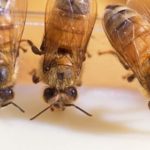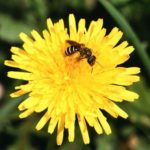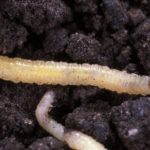Tropilaelaps mercedesae – or “tropi” – is on the march and Beekeepers fear it will wreak even greater havoc than varroa mites.

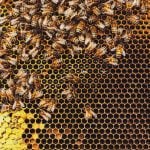



Ten years after the last risk assessment, some say it’s time to re-evaluate
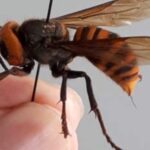
One nest found last month in neighbouring U.S. town

Findings suggest some were able to overwinter
